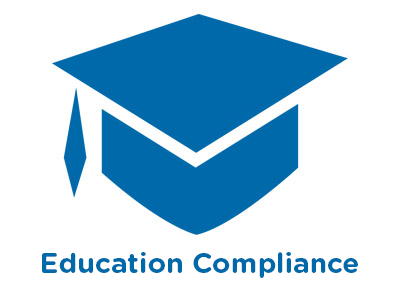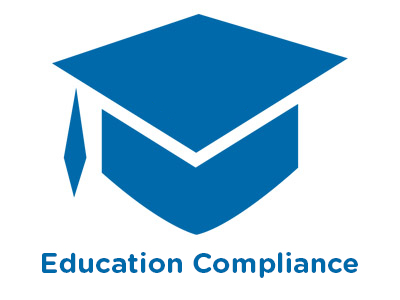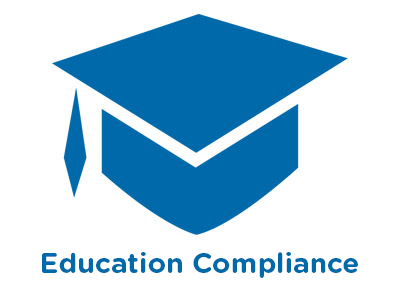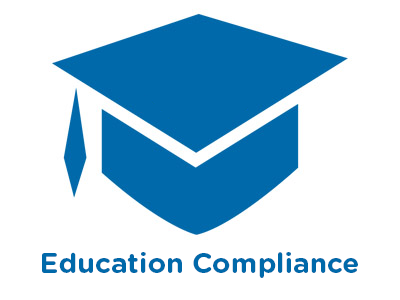 |
Elephants |
2.00 |
This course will provide an introduction to elephants, including an overview of physical characteristics, habitat, behavior, reproduction and the conservation efforts dedicated to protecting this species. |
 |
Course 06: Guiding the Behavior of Individual Children |
2.00 |
The knowledge and understanding in this course will help students develop strategies for creating programs that encourage individual children to develop self-discipline and self-direction, establish positive relationships with others, and exhibit respect for program materials and equipment and the rights of others. |
 |
Course 16: Developing and Implementing Effective Indoor Interest Areas |
2.00 |
In order to operate an effective school-age program environment, it is essential for staff to know how to design, set up, and operate a variety of different interest areas that meet the developmental needs of school-age children. Effective interest areas are multi-dimensional; they provide a wide variety of activity options within the area. Effective interest areas provide children with opportunities to work and play independently on their own or with others. They also provide a setting for focused, staff-led activities designed to introduce children to new concepts and skills. Staff in quality school-age programs know how to work with colleagues and children to define, develop, and manage a wide variety of interest areas |
 |
Course 29: Making Plans and Developing Policies |
2.00 |
Planning and policy-making are closely linked to the development of quality OST programs. When OST staff are skilled as planners and policy-makers, they can use these skills to design and implement high quality programs that benefit children, youth, and families. It is essential for OST professionals to recognize that it is important for policies to grow out of a vision of quality and a mission that supports that vision. Therefore, creating a vision for quality, developing a program philosophy, and writing a clear mission statement are the first steps in program planning. It is also important for OST professionals to use a systematic process to develop goals and objectives, set priorities for accomplishing goals and objectives, and develop goal-based action plans that will help the OST program achieve its mission. High quality OST programs are led by professionals who understand how to use effective strategies for creating a continuous cycle of planning and evaluation that supports ongoing program improvement. |
 |
Course 02: Exploring Four Areas of School-Age Development |
2.00 |
One of the most helpful ways to gain an understanding of the needs and interests of youth between 5 and 12 is to examine their development from four different perspectives: 1) Physical Development, 2) Cognitive Development, 3) Social Development, and 4) Emotional Development. It is important for staff to keep all four of these areas in mind when planning and implementing program activities and experiences. Keeping the four areas of development in mind leads staff to design a balanced set of experiences that nurture and growth and development of the “whole child.” |
 |
Emergency Animal Recall - Brown Bears |
2.00 |
Welcome to Emergency Animal Recall. This collection consists of an overview course which covers the fundamentals of Emergency Recall training for exhibit animals, including:
What exactly is Emergency Animal Recall, and why is it necessary?
What are the benefits of Emergency Animal Recall?
How do you generate support within your organization for a training program, and how do you decide which animals should be trained first?
What equipment will you need, and what preparations will you need to make?
What is the general outline of an Emergency Recall training program, and how do you maintain the conditioning once it has been established?
After completing this Overview, you can continue with the species-specific Brown Bear Emergency Animal Recall course. |
 |
Clery Act |
1.50 |
When we talk about the Clery Act, we are actually referring to the Jeanne Clery Disclosure of Campus Security Policy and Campus Crime Statistics Act, and a series of other security-related disclosure requirements contained in section 485 of the Higher Education Act (20 USC §1092). The Clery Act requires colleges and universities to track and disclose information about crimes that occur on or near campus.
The basic requirements of the Act fall into six categories:
1. Campus crime reporting.
2. Timely warning notices.
3. Emergency notifications and emergency response testing.
4. Fire safety reporting and missing student procedures.
5. Notices to prospective students and employees.
6. Policy statements.
We’ll address each of these categories throughout this course. |
 |
Data Security Training |
1.00 |
Data hacks in higher education are the second-highest category of reported industry breaches, accounting for 17 percent of all reported hacks. Resolving data hacks is expensive, costing anywhere from hundreds of thousands to millions of dollars. Understanding how to maintain data security is key to preventing hacks and keeping sensitive data private. |
 |
Export Control in Higher Education |
1.00 |
Colleges and universities are at the cutting edge of research in strategic technologies, microsystems engineering, astrophysics and imaging, and computing and information systems, among other fields. Our government controls the export of sensitive equipment, software, and technology as a way to protect our national security interests, and promote our foreign policy objectives. Export control describes the regulatory system in place to do so. |
 |
Harassment and Discrimination Prevention |
1.00 |
A respectful workplace is a key element in creating a fair, collaborative, and inclusive environment that allows every member of a higher education institution’s community to meet their teaching, research, and public service goals. At the heart of a respectful workplace is zero tolerance for discrimination and harassment. |










